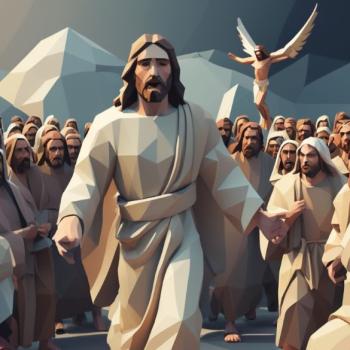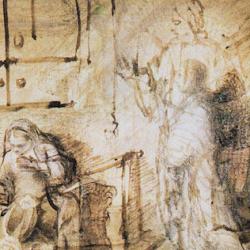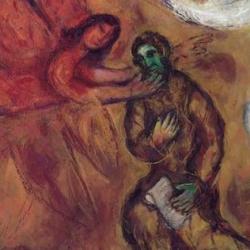At the climax of Isaiah 33, the prophet envisions a restored and secure Zion, its regular feasts back in place and Yahweh (or His Davidic Son) reigning in beauty. But the image of restoration is not taken from the glory-days of Solomon. Jerusalem will be undisturbed, but not because its walls are impregnable or its temple glorious. It doesn’t appear to be a city at all, but a tent that will not be folded up (v. 20). Instead of a restoration of the glories of the monarchy, Isaiah reaches further back to describe Zion as a return to the beginning, to the precarious period of the exodus and wilderness wandering.
That is an accurate description of the Zion that emerges after the exile: It has walls and a house, but it is a vulnerable community, a tent that depends for its permanence not on the power of a Davidic king but on the grace of an emperor, ultimately on the favor of Yahweh. And it is an accurate description of the New Covenant age (as Hebrews reminds us, with its persistent references back to the Mosaic era). At the beginning for sure, and often throughout her history, the church is more tent than temple. And that is as it should be.
Primitivism is hopeless as a permanent program. Fresh initiatives always form into traditions and habits and rituals, and that is perfectly fine. But Isaiah suggests that there are moments when teh proper move is to reach back beyond the golden age, all the way back to the beginning, to start over not with cathedrals but from the catacombs, not with a temple but with a tent.














